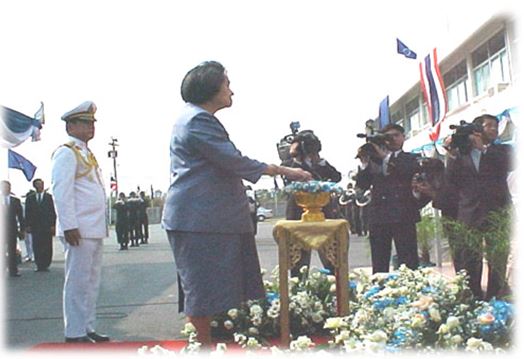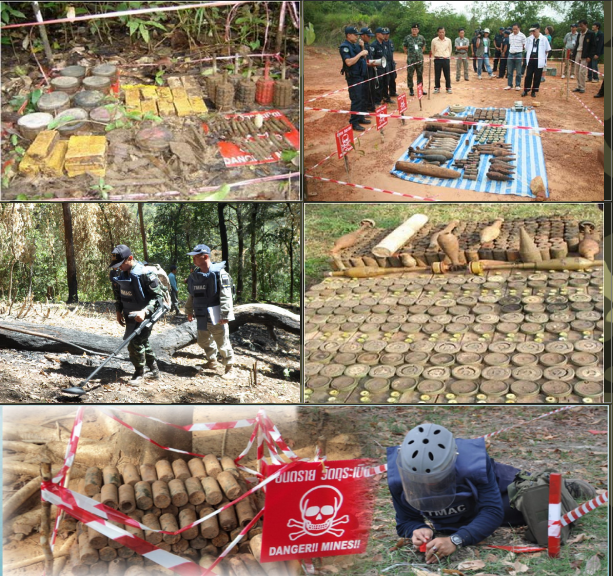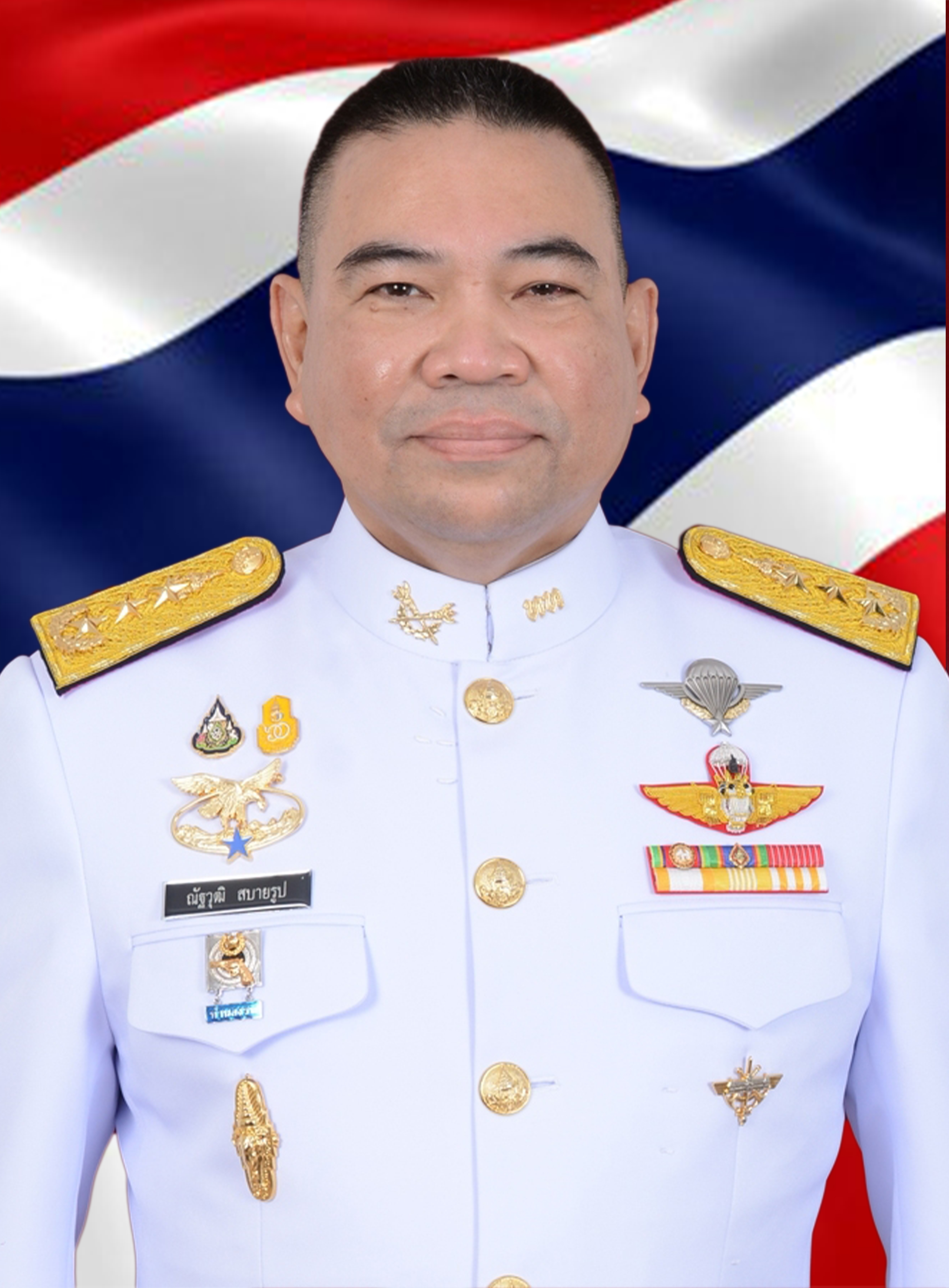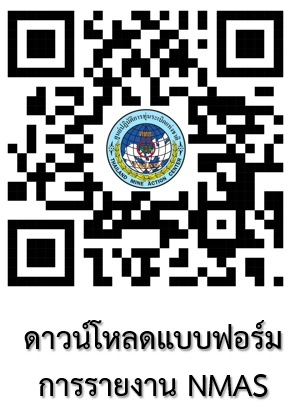
With the cabinet resolution on the 3rd of december 1997, Thailand ratified the Ottawa Convention on the prohibition of the use stockpiling production and transfer of anti-personnel mines with the United Nations. This marked the beginning of Thailand Mine Action Center which function was to be the center of all operations related to humanitarian Mine Action. The Royal Thai Armed Forces headquarters became the principal governing organisations of the center in ensuring proper implementations to meet the set objectives as endorsed by Thailand. Thailand MIne Action Center was officially established in 1999 and was then named Joint Operation Center 107, Joint Operation Center Supreme command headquarters. On the 18th of January 2000, our royal highness princess Galyani Vadhana krom Luang Naratiwat Rajchanakarin presided over the opening ceremony of Thailand Mine Action Center or TMAC and graciously accepted to be the central royal patronage. This is indeed a great auspice for the units and its personnel in performing that duty for the humanitarian course. Later in 2008, Supreme Command Headquarter was renamed the Royal Thai Armed Forces headquarters with the establishments of military command center. Thailand Mine Action Center was subsequently structured to be one of the organic units of this military command center under the Royal Thai Armed Forces Headquarters.

TMAC has dimensions of planning and administering,coordinating,supervising and implementing or undertakings related to anti-personnel mines or APM. In compliance with the Ottawa Convention on the prohibition of the use, stockpiling, production and transfer of anti-personnel mines. TMAC also functions as a coordinating center for relevant government agencies controls and supervisors the mining field landmines and unexploded ordinances of demining unit under the direct responsibility of director of TMAC. Reaffirming on the importance TMAC missions the government issued order of the office of Prime Minister number 93/2552 appointing 32 members Humanitarian Mine Action Committee to include the Prime Minister as chairperson. Minister of Defense and Chief of Defense forces as the deputy chairpersons. Director of Joint Operations as a committee member and secretary, and Director of Thailand Mine Action Center as a committee member and deputy secretary. Organisation of TMAC, TMAC is organised with smaller tasks based units directed through a chain of command. Consisting of Policy and Plan Branch, Administration and Support Branch, Coordination and Evaluation Branch, Special Affairs Branch, Humanitarian Demining or HD Training Center with personnel recruited from the Armed Services engineer school special Warfare Center, Mine Risk Education or MRE Training Center with personnel from the Armed Services psychological operation battalion special Warfare Center, Mine Detection Dog or MDD Training Center with personnel from the army veterinary department. Furthermore TMAC has 4 regional operations subordinate Humanitarian Mine Action Units or HMAU as follows:

HMAU-1 with personnel from Burapa task force of the first army area, HMAU-2 with personnel from Jantaburi- Trad border defense command, HMAU-3 using personnel from Suranari task force of the second army area, and HMAU-4 with personnel from Pa Muang of the third army area. To date, 5 major programs have been implemented by TMAC in compliance with the Ottawa Convention namely demining operations, mine risk education and warning, landmine victims assistance activities, implementation of the law to be in accordance with the convention,



















